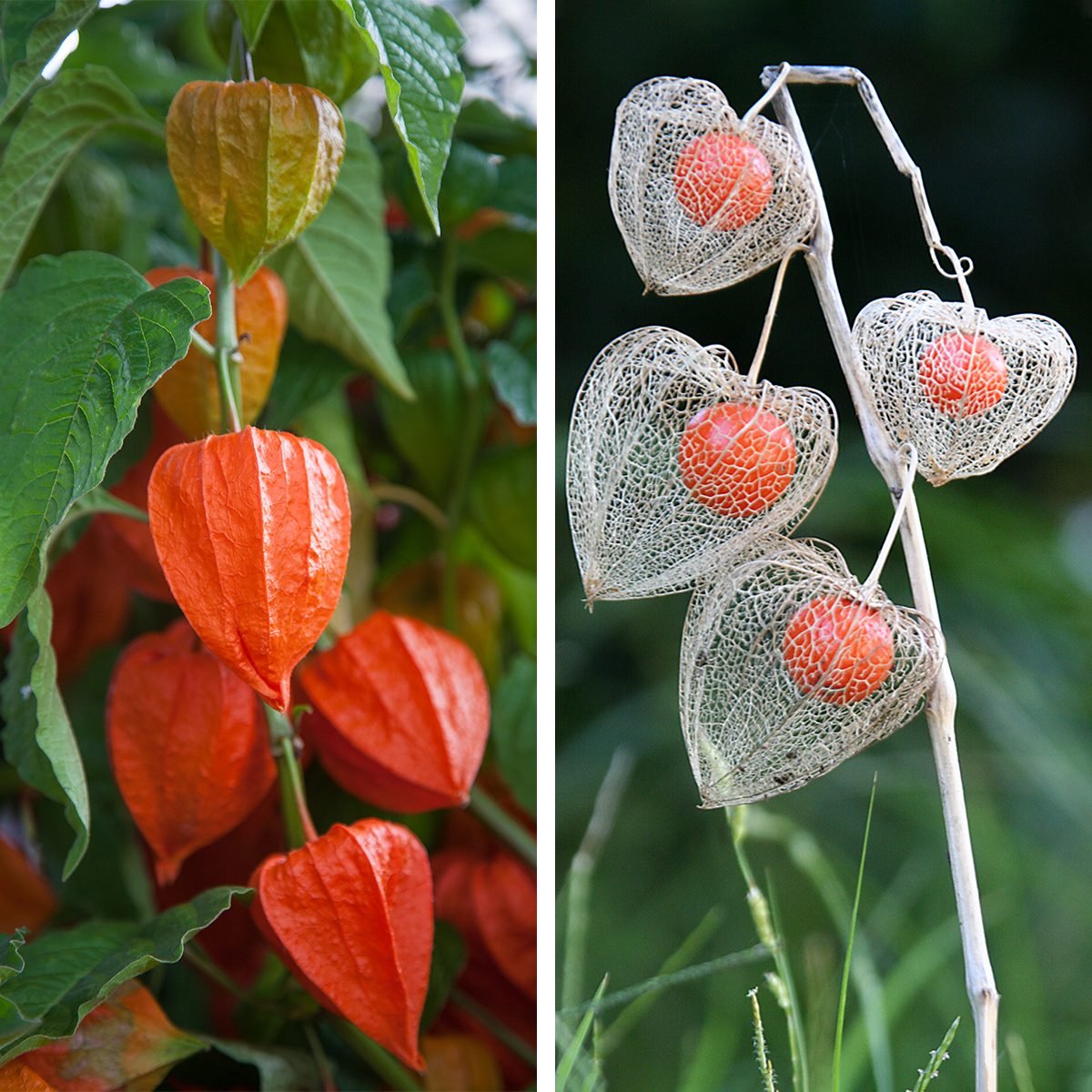Few plants are as easy to grow as Chinese lantern. They ask for little, but deliver a splash of late-season color.
Our editors and experts handpick every product we feature. We may earn a commission from your purchases.Learn more.


Few plants are as easy to grow as Chinese lantern. They ask for little, but deliver a splash of late-season color.
Our editors and experts handpick every product we feature. We may earn a commission from your purchases.Learn more.
Summer gardens are relatively easy to plan. With countless flowers and shrubs in a plethora of colors, an interesting garden is almost guaranteed. But as those colors inevitably fade, the garden needs something to carry it into autumn.
Trees like maples and aspens often get all the credit for fall color. But we have something a little different that might pique your interest. When summer’s heat has taken its toll, Chinese lantern is just getting started.
This multi-season plant is a bit of a chameleon in the garden, constantly changing as the seasons fade. While every plant produces a flower, the white blooms that appear on Chinese lantern plant in July are nothing to write home about. Just wait until fall! The flowers develop into small green pods (or husks) that enlarge, eventually transforming to yellow, then a brilliant reddish-orange by September.
Inside each pod is a round fruiting body. Once mature, the pods resemble lanterns and can be cut for fall floral arrangements, where they’ll hold their color for several months. If left in the garden, the pod skeletonizes to reveal orange fruit in the winter.
It’s hard to believe that something so interesting can be so easy to grow!
Many plants share a common name, but all have a Latin version, which is the only way to know that you have the right Chinese lantern plant. There are two Chinese lantern plants, both of which have lantern-like flowers, but they’re very different plants. Physalis alkekengi is perennial in zones 3–9 and, depending on the region, may also be called Japanese lantern plant or strawberry ground cherry. This is the lantern plant we’re talking about.
The other Chinese lantern plant, Abutilon, is better suited to houseplant status in cold climates. It’s hardy in zones 9–11.
Look for seeds at a local garden center or Eden Brothers. Start seeds indoors six weeks before your last frost date or direct sow them after all danger of frost has passed. Just be sure you don’t cover the seeds with soil. They need light to germinate and will do so in about two to three weeks. With full sun and well-draining soil, you should have a healthy crop of lanterns by September.
Learn how to read a seed packet before you start.
It’s easy to grow—perhaps too easy. This plant loves to spread by way of rhizomes that form dense mats just beneath the soil surface (think mint) or by releasing seed throughout the garden. Give Chinese lantern plant boundaries by growing it in containers or enclosed beds where it can’t impose its aggressive enthusiasm on other garden mates.